Remembering 9/11: Two Decades Later
An American Airlines Boeing 767, carrying 20,000 gallons of jet fuel, collided with the north tower of the World Trade Center.
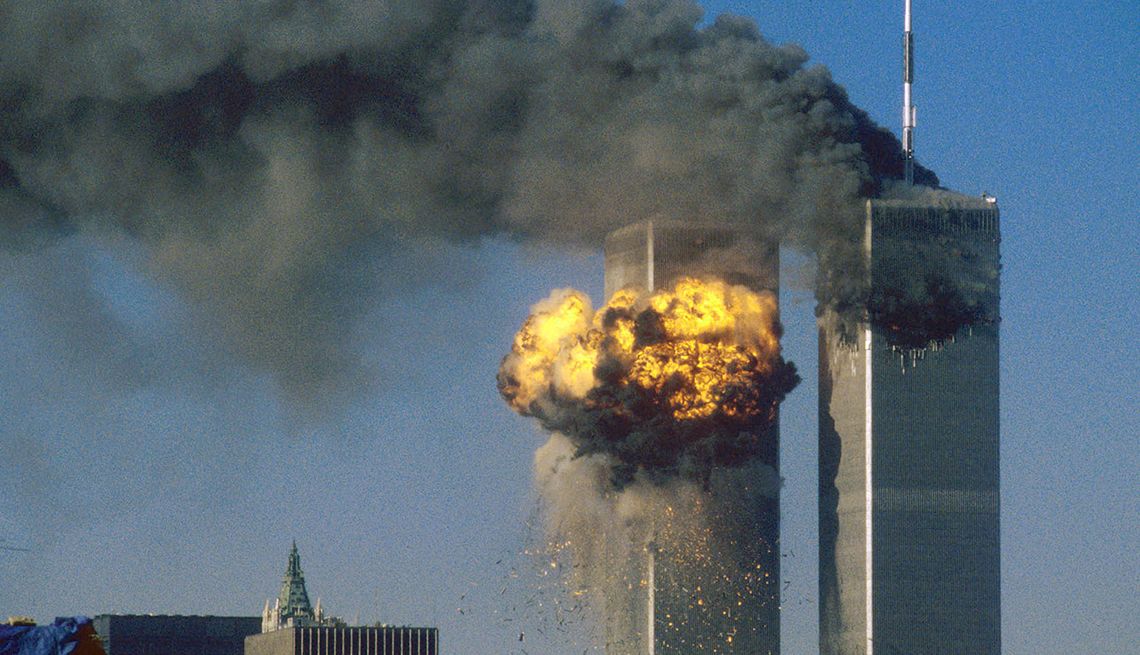
Introduction
Twenty two years have passed since the fateful day of September 11, 2001, a day that forever altered the course of history and left an indelible mark on the United States and the world. The events of 9/11 were a collective trauma that shook the nation to its core, changing the way we think about security, resilience, and unity. As we mark this solemn anniversary, it's essential to reflect on how the world has evolved since then and how we continue to remember and honor the victims, heroes, and survivors of that tragic day.
The 9/11 Attacks
On September 11, 2001, a group of terrorists associated with the Islamic extremist organization known as al Qaeda, led by Osama bin Laden, orchestrated a series of devastating attacks in the United States. They hijacked four commercial passenger planes and carried out suicidal assaults on significant targets. Two of these planes were deliberately flown into the World Trade Center in New York City, resulting in the collapse of both iconic twin towers and causing extensive destruction in lower Manhattan. A third plane struck the Pentagon in Arlington, Virginia, located just outside of Washington, D.C. However, the heroic efforts of passengers and crew members aboard the fourth plane led to its crash in a field near Shanksville, Pennsylvania.
Tragically, nearly 3,000 lives were lost in the 9/11 terrorist attacks, including all 19 individuals involved in the al Qaeda plot. These shocking and horrifying events were witnessed worldwide through television broadcasts, leaving people around the globe in a state of shock and disbelief. In response, the administration of President George W. Bush initiated a comprehensive "war on terrorism," which included the establishment of the Department of Homeland Security and the military intervention in Afghanistan.
Attack on World Trade Centre
On the clear morning of September 11, 2001, at 8:45 a.m., a tragic event unfolded in New York City. An American Airlines Boeing 767, carrying 20,000 gallons of jet fuel, collided with the north tower of the World Trade Center.
The impact created a devastating, fiery rupture around the 80th floor of the 110-story skyscraper, resulting in the instantaneous loss of hundreds of lives and the entrapment of many more on higher floors.
As efforts to evacuate the twin towers commenced, live television broadcasts initially conveyed the incident as a shocking accident. However, just 18 minutes after the initial collision, a second Boeing 767, United Airlines Flight 175, emerged in the sky. It executed a sharp turn towards the World Trade Center and struck the south tower close to the 60th floor.
The collision triggered an immense explosion, showering fiery debris over nearby buildings and onto the streets below. In those moments, it became unmistakably clear that the United States was facing a deliberate act of aggression.
Twin Towers Collapse
In less than 15 minutes after the terrorists targeted the heart of the U.S. military, the tragedy unfolding in New York City took a catastrophic turn when the south tower of the World Trade Center crumbled into a massive cloud of dust and smoke.
The structural steel of this towering skyscraper, engineered to withstand extreme winds exceeding 200 miles per hour and even substantial conventional fires, proved unable to endure the intense heat generated by the burning jet fuel.
By 10:30 a.m., the north tower of the twin structures also collapsed. Tragically, only 18 individuals who were inside the World Trade Center towers at the time of their collapse managed to survive. Most of these survivors were found among a group of FDNY firefighters in the North Tower's Stairwell B, which remarkably remained intact. Additionally, one woman survived when the stairs she was hastily descending disintegrated around her. Meanwhile, nearly 10,000 others required medical treatment for injuries, with many of them suffering severe wounds.
Attack on Pentagon
As the world watched the unfolding events in New York, American Airlines Flight 77 circled above downtown Washington, D.C., before tragically crashing into the western side of the Pentagon, the central military headquarters, at 9:45 a.m.
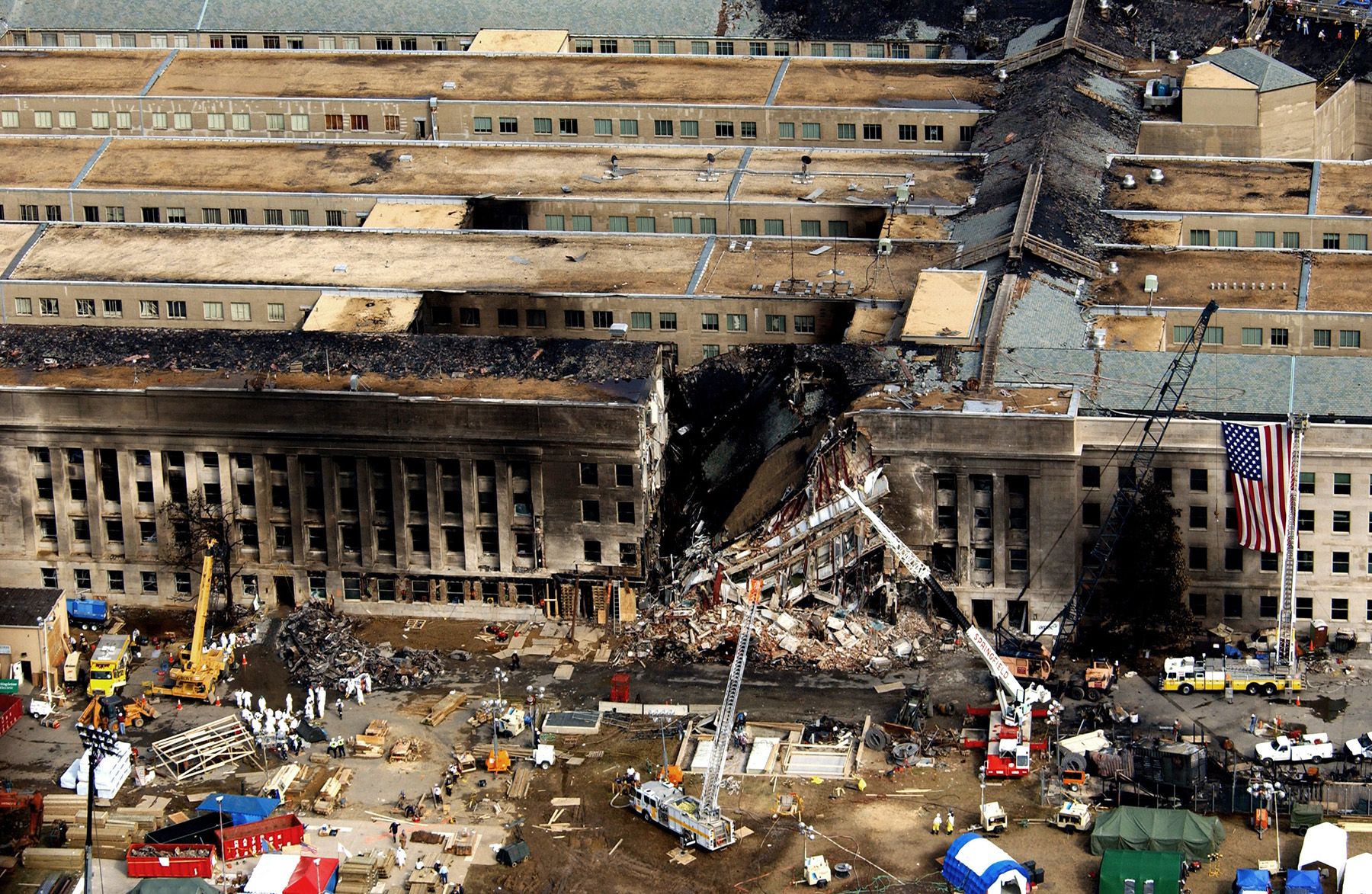
The impact of the Boeing 757, laden with jet fuel, unleashed a catastrophic inferno that ultimately resulted in the structural collapse of a section of the massive concrete building, which serves as the headquarters of the U.S. Department of Defense.
In total, the Pentagon incident claimed the lives of 125 military personnel and civilians, in addition to all 64 individuals who were on board the ill-fated airliner.
Hijacking of the Flights
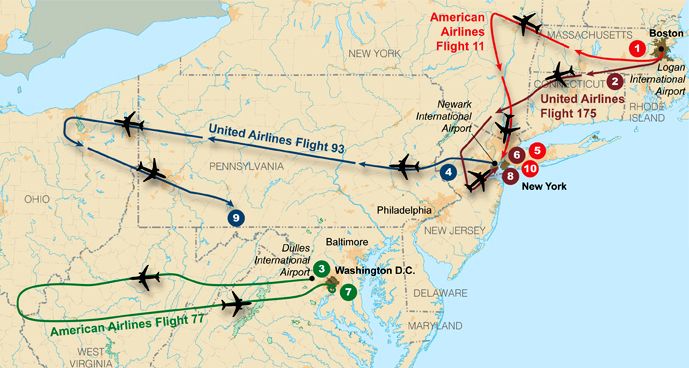
The 19 terrorists clandestinely carried box-cutters and knives past security checkpoints at three East Coast airports: Logan International Airport in Boston, Dulles International Airport in Washington, D.C., and Newark International Airport in New Jersey. They then boarded four early-morning flights en route to California, deliberately selecting these flights due to their substantial fuel loads for the extended cross-country voyage. Shortly after takeoff, the terrorists seized control of the four aircraft, assuming command and converting these once ordinary passenger planes into deadly guided missiles.
Courageous Actions on United Flight 93
Another plane destined for California, United Flight 93, fell under hijackers' control approximately 40 minutes after its departure from Newark Liberty International Airport in New Jersey. Due to a delay in takeoff, passengers on board became aware of the unfolding events in New York and Washington through cell phone and Airfone calls to the ground.
Recognizing that the hijackers' assertion of returning to an airport was false, a courageous group of passengers and flight attendants formulated a plan to resist.
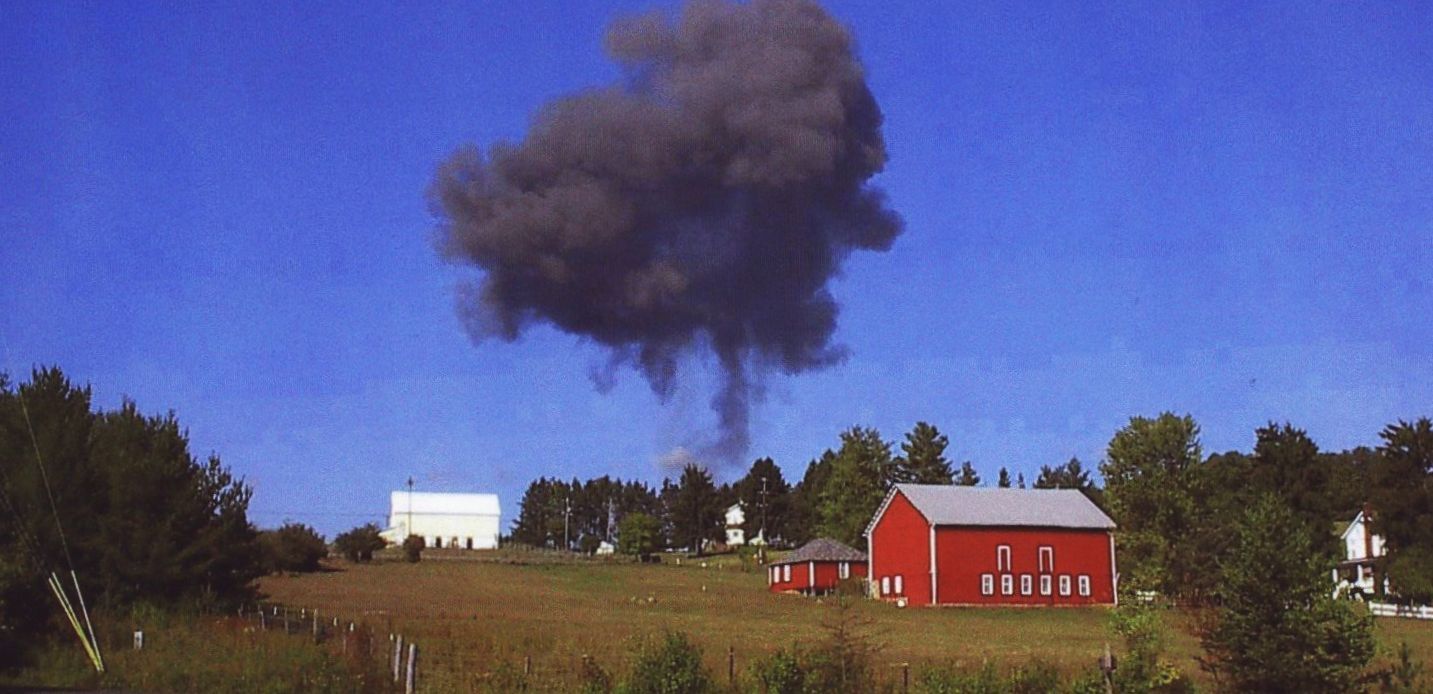
The passengers valiantly confronted the four hijackers and are believed to have launched an assault on the cockpit, using a fire extinguisher. The aircraft then inverted and rapidly descended towards the ground at speeds exceeding 500 miles per hour, ultimately crashing in a rural field near Shanksville, western Pennsylvania, at 10:10 a.m.
Tragically, all 44 individuals on board perished. While the exact intended target remains uncertain, theories include the White House, the U.S. Capitol, the Camp David presidential retreat in Maryland, or one of several nuclear power facilities along the eastern seaboard.
The Hijackers
The hijackers were individuals of Islamic extremist backgrounds, primarily hailing from Saudi Arabia and several other Arab nations. It is reported that they received financial support from the al Qaeda terrorist organization led by Saudi fugitive Osama bin Laden. Their actions were purportedly driven by a desire for retribution against the United States due to its support of Israel, its involvement in the Persian Gulf War, and its ongoing military presence in the Middle East.
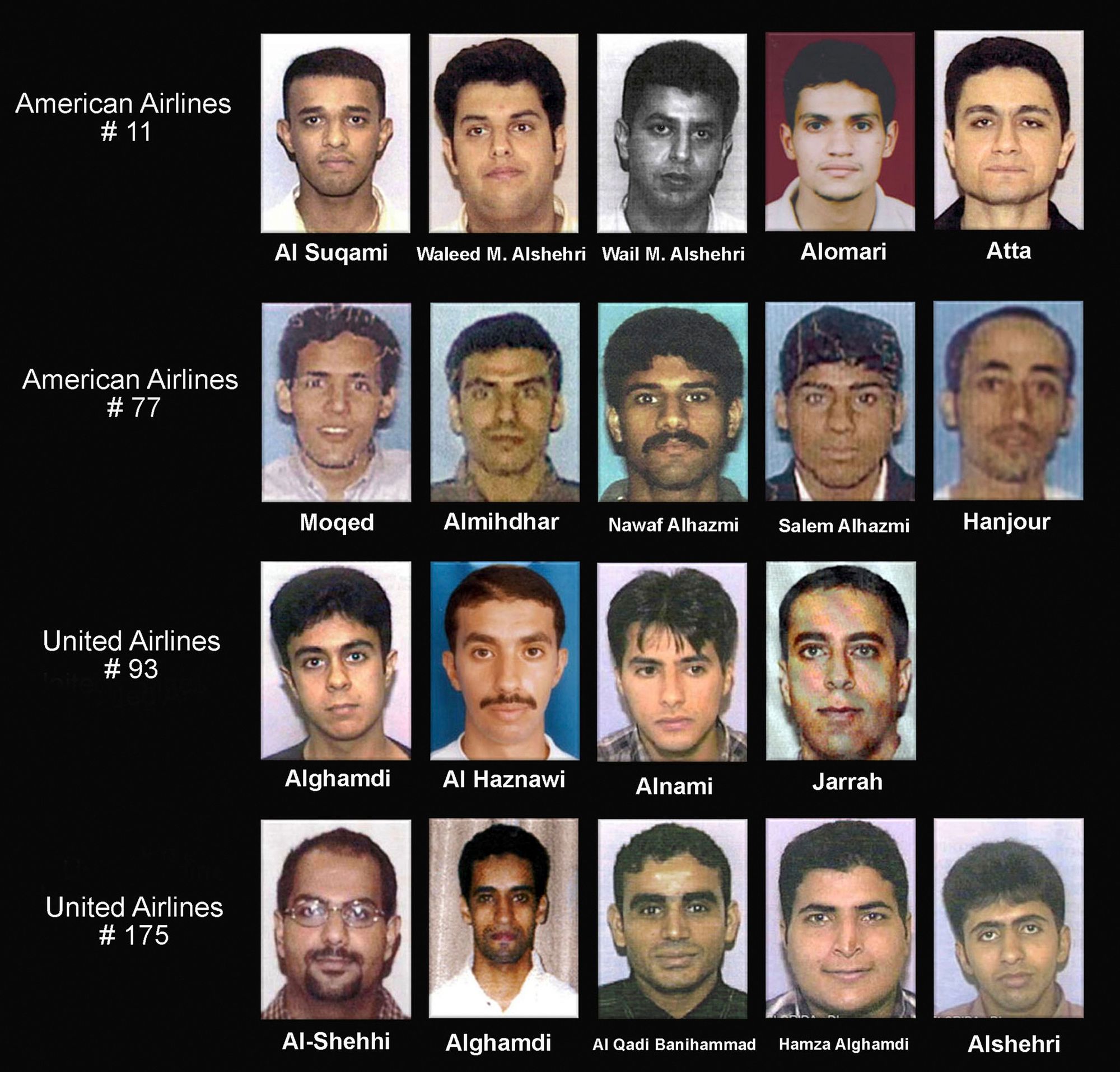
Among the hijackers, some had resided in the United States for over a year and had enrolled in flying lessons at American commercial flight schools. Others managed to infiltrate the country in the months leading up to September 11, serving as the operatives responsible for executing the hijacking operation.
The Human Toll of the 9/11 Tragedy
The 9/11 attacks claimed the lives of a total of 2,996 individuals, a number that includes the 19 terrorist hijackers aboard the four airplanes. Among the victims, people from 78 different countries tragically lost their lives in the cities of New York, Washington, D.C., and Pennsylvania.
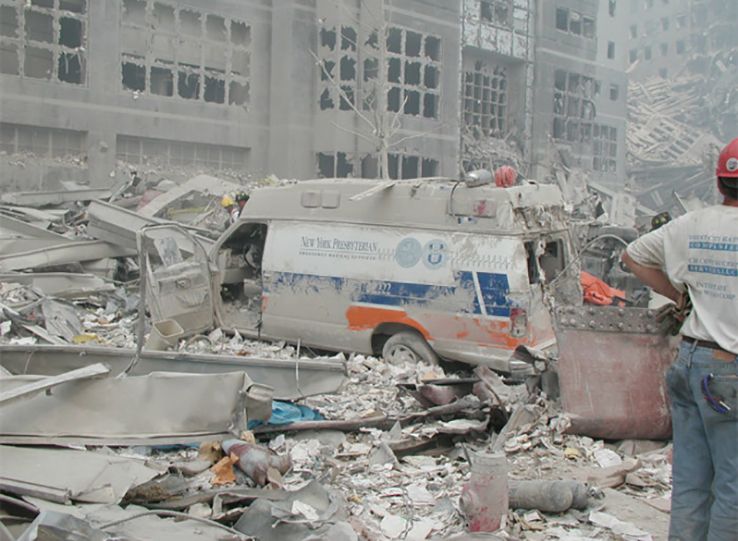
In the heart of New York City, at the World Trade Center, 2,763 individuals perished following the impact of the two planes into the twin towers. This number encompasses 343 firefighters and paramedics, 23 New York City police officers, and 37 Port Authority police officers. They bravely engaged in rescue efforts and evacuation, striving to save those trapped on the upper floors of the buildings.
At the Pentagon in Washington, D.C., the loss amounted to 189 lives, including 64 individuals on American Airlines Flight 77, the aircraft that collided with the building. Additionally, Flight 93, which crash-landed in Pennsylvania, resulted in the tragic deaths of 44 people.
U.S. Response to the Attack
At 7 p.m., President George W. Bush returned to the White House from Florida, where he had been during the attacks, amid heightened security concerns.
At 9 p.m., he addressed the nation in a televised speech from the Oval Office, stating, “Terrorist attacks can shake the foundations of our biggest buildings, but they cannot touch the foundation of America. These acts shatter steel, but they cannot dent the steel of American resolve.”
Referring to the impending U.S. military response, he vowed, “We will make no distinction between the terrorists who committed these acts and those who harbor them.”
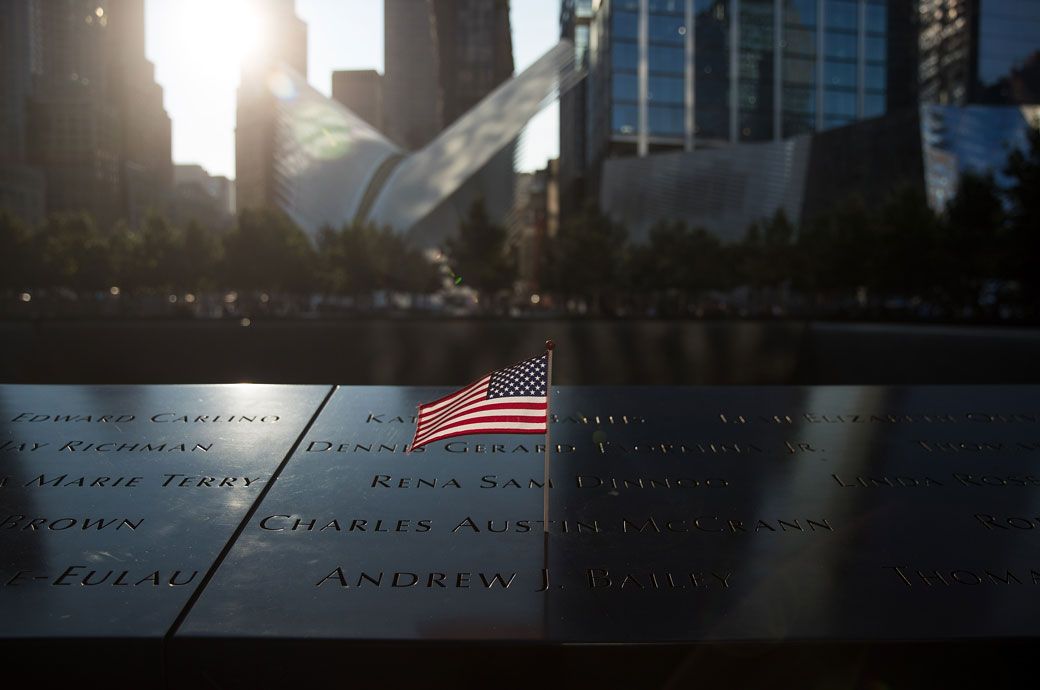
Operation Enduring Freedom, the U.S.-led international campaign to overthrow the Taliban in Afghanistan and dismantle Osama bin Laden's terrorist network, began on October 7. While the Taliban was removed from power within two months, the conflict continued as U.S. and coalition forces grappled with a Taliban insurgency, often based in neighboring Pakistan.
Osama bin Laden, the mastermind behind 9/11, remained at large until his elimination by U.S. forces in Abbottabad, Pakistan, on May 2, 2011. In June 2011, President Barack Obama announced significant troop withdrawals from Afghanistan, concluding with the complete withdrawal of U.S. forces by August 2021.
The Post-9/11 Security
Following the 9/11 attacks and concerns over security, the Homeland Security Act of 2002 was passed, leading to the creation of the Department of Homeland Security (DHS). President George W. Bush signed this into law on November 25, 2002. Today, DHS is responsible for preventing terror attacks, border security, immigration and customs enforcement, and disaster relief and prevention.
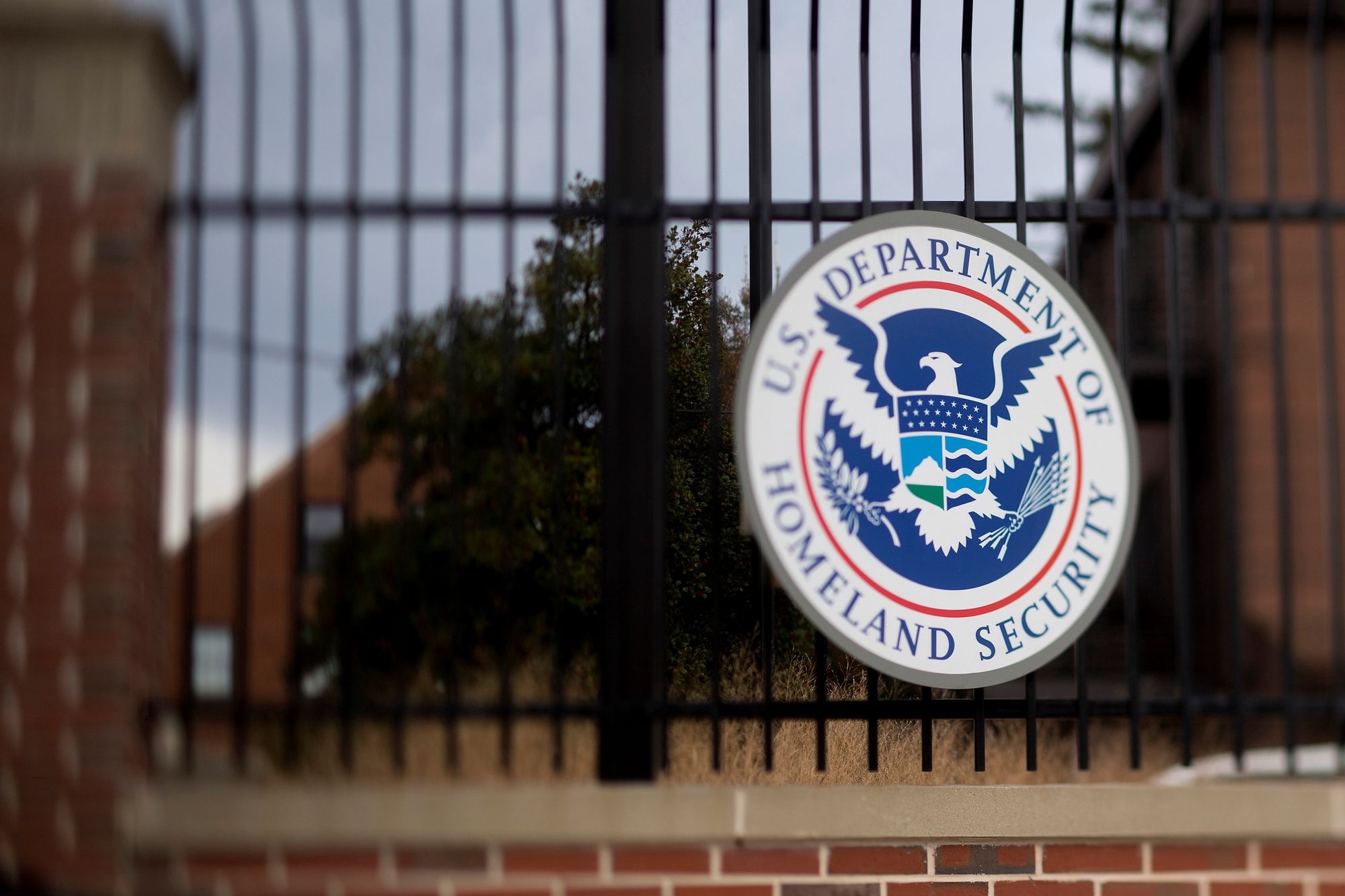
Shortly thereafter, the bipartisan "9/11 Commission" was established to investigate the events leading up to the September 11th attacks. The commission's report, released on July 22, 2004, identified Khalid Sheikh Mohammed as the "principal architect of the 9/11 attacks." Mohammed, known for his role in al Qaeda's propaganda operations from 1999 to 2001, was captured on March 1, 2003, and later held at Guantanamo Bay detention camp. His interrogation, which included waterboarding, sparked international attention.
FAQs
Who planned the September 11 attacks?
Osama bin Laden led al-Qaeda, masterminding 9/11. Khalid Sheikh Mohammed planned the attacks, using hijacked planes. Al-Qaeda provided support. Mohammed Atta headed the operation, with 18 others, mainly from Saudi Arabia, in the U.S. for flight training. All 19 hijackers died. Bin Laden was killed in 2011, Mohammed was captured in 2003.
What was the World Trade Center?
The World Trade Center (WTC) was a 16-acre commercial complex in lower Manhattan that contained seven buildings, a large plaza, and an underground shopping mall that connected six of the buildings. The centerpieces of the complex were the Twin Towers. On September 11, 2001, the entire complex was destroyed in a terrorist attack that has come to be referred to as “9/11.”
What countries did the terrorists come from?
Fifteen of the 19 terrorists were from Saudi Arabia. Two were from the United Arab Emirates, one was from Lebanon, and one was from Egypt.
Conclusion
More than two decades have passed since 9/11, but the memories of that day remain etched in our hearts and minds. As we remember the victims and heroes of that tragic day, we must also reflect on how we've grown as a society. We've faced adversity and made sacrifices, but we've also demonstrated resilience, compassion, and the unwavering spirit that defines the United States.
In honoring the legacy of 9/11, we continue to build a brighter future, where unity, peace, and understanding prevail, and where the memory of that dark day reminds us of the strength that emerges from adversity.





